Rocket Lab just soared higher than it ever has before.
The company's Electron booster lifted off today (Oct. 16) from Mahia Peninsula in New Zealand at 9:22 p.m. EDT (0122 GMT and 2:22 p.m. local New Zealand time on Oct. 17), carrying the Palisade technology-demonstrating satellite for California-based spacecraft manufacturer and operator Astro Digital.
The mission — the ninth for Rocket Lab, including demonstration flights — called for the 57-foot-tall (17 meters) Electron to deploy Palisade at an altitude of more than 620 miles (1,000 kilometers). That's more than twice as high as any Rocket Lab flight to date, company representatives said.
Everything went according to plan, with the satellite separating about 70 minutes after liftoff.
Video: Watch Rocket Lab Launch Its Highest Flight Ever!
More: Rocket Lab Gearing Up for 1st Launches from US Soil in Early 2020
Perfect final orbit and deployment. Flawless mission!October 17, 2019
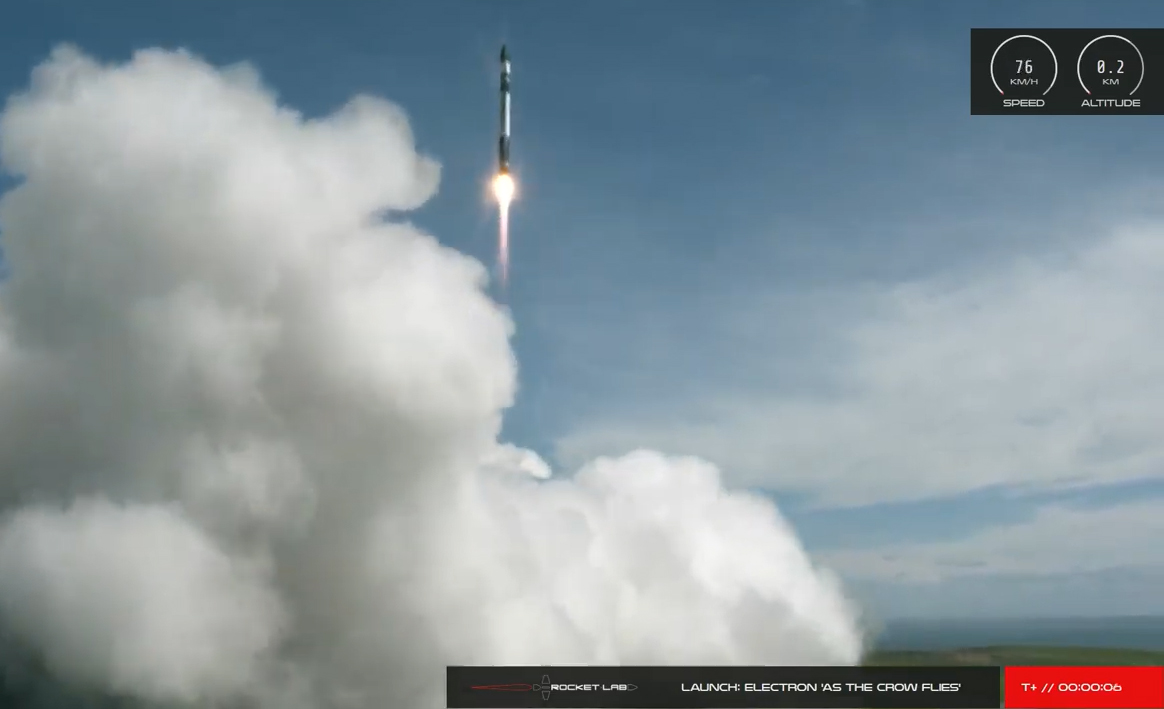
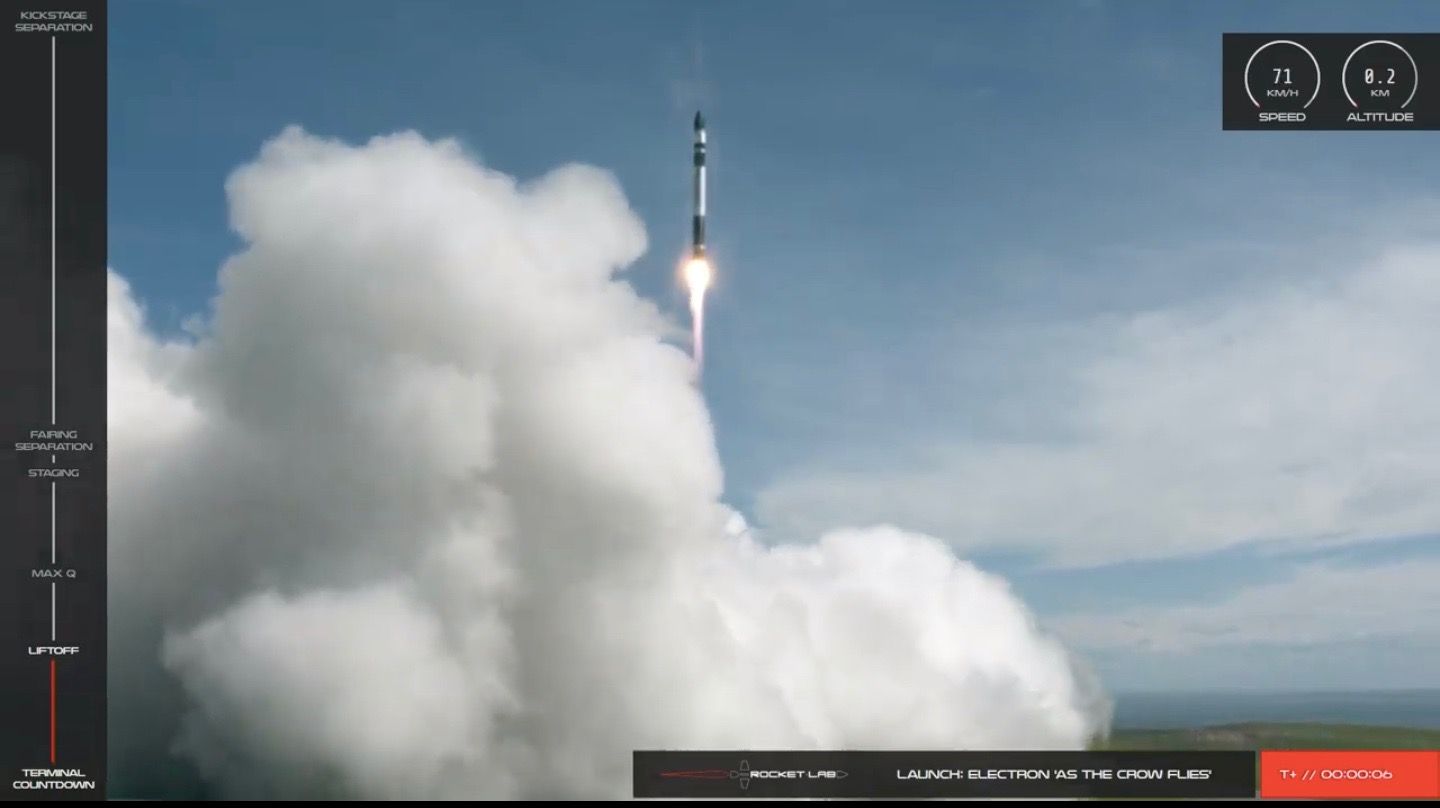
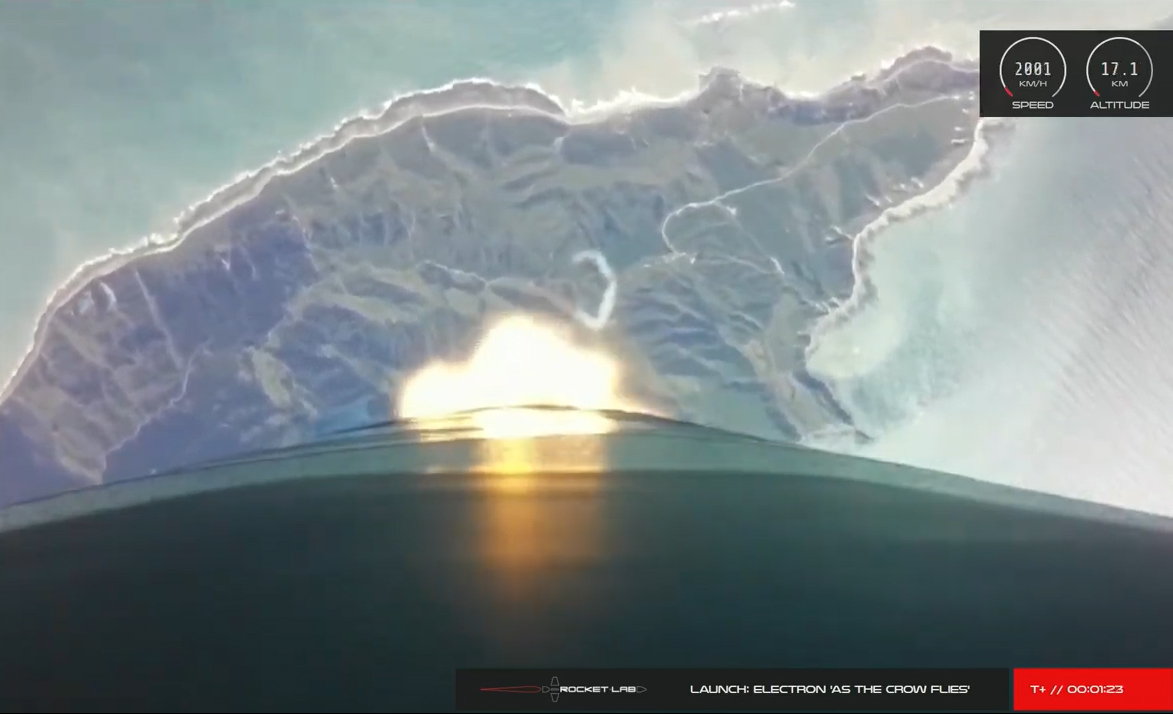
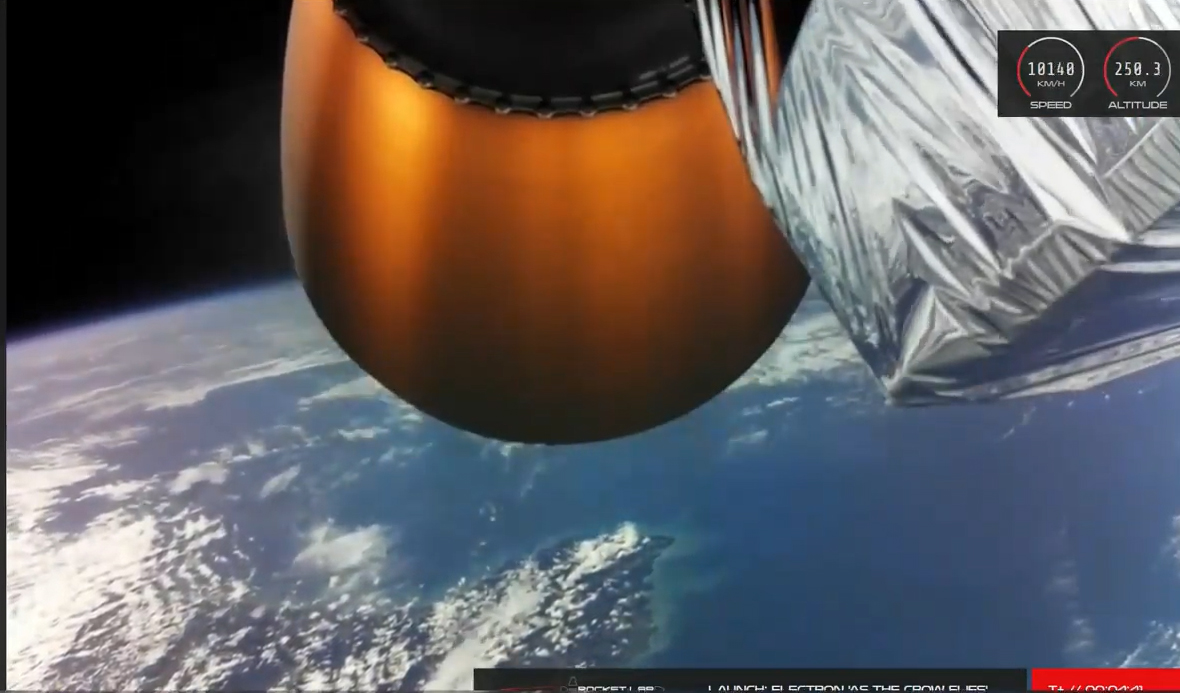
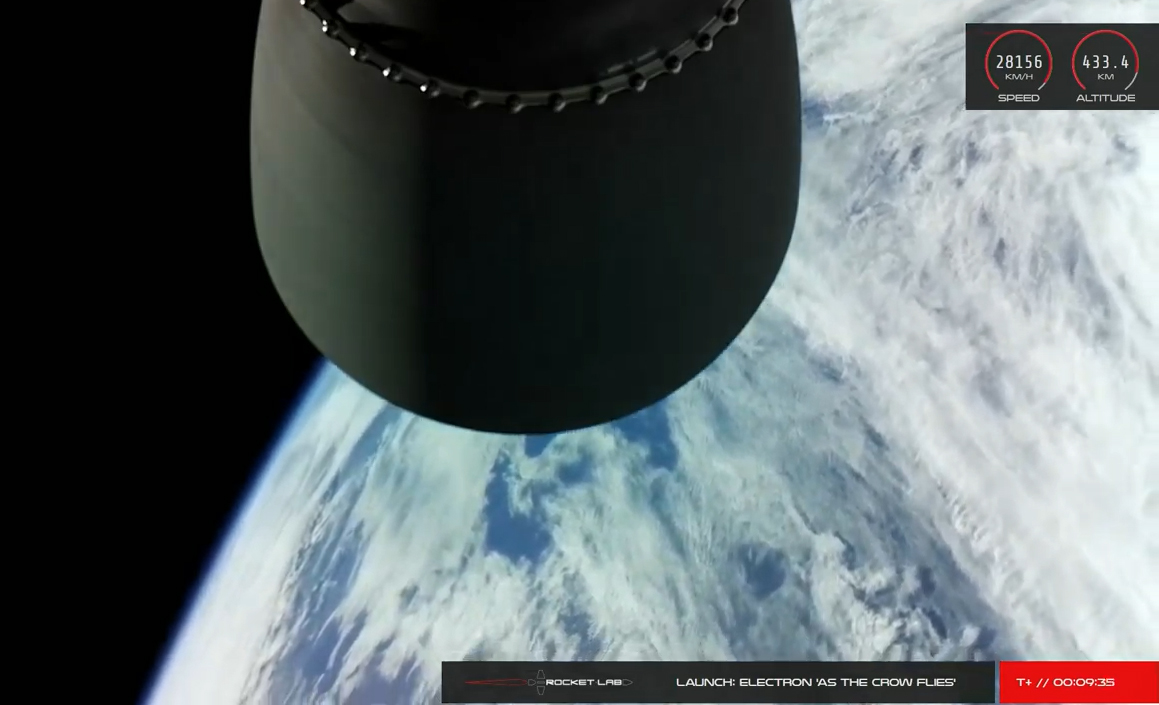
Palisade is a 16U cubesat. The "U" stands for "unit," the basic cubesat building block, which measures 4 inches (10 centimeters) on a side. So, Palisade is the size of 16 of these units put together.
Palisade features an "onboard propulsion system, a next-generation Astro Digital-developed communications system and software developed by Advanced Solutions Inc., including an advanced version of ASI's MAX Flight Software," Rocket Lab representatives wrote in a description of the mission, which the company calls "As the Crow Flies."
Get the Space.com Newsletter
Breaking space news, the latest updates on rocket launches, skywatching events and more!
The @astrodigitalgeo payload for #AsTheCrowFlies has been integrated onto Electron's Kick Stage, and fairing encapsulation is complete! Less than a week to go until our ninth Electron launch.🚀 pic.twitter.com/TwOkVXIjiWOctober 9, 2019
That name refers to Astro Digital's Corvus satellite platform. Corvus is also a genus that includes crows, ravens and several other related bird species. (Rocket Lab has a history of attaching lighthearted names to its missions. For example, the company's previous launch, which occurred in late August, was known as "Look Ma, No Hands.")
Rocket Lab's core mission involves making space more accessible by conducting frequent and cost-effective launches of small satellites. Each liftoff of the two-stage Electron costs about $5 million, company representatives have said.
The company is working on several fronts to advance its long-term vision. For example, Rocket Lab is building a second launch site, at the Mid-Atlantic Regional Spaceport on Virginia's Wallops Island, and aims to fly its first mission from the complex in early 2020.
Related: In Photos: Rocket Lab and Its Electron Booster
Rocket Lab also wants to start recovering and reusing Electron first stages. But that will not involve propulsive landings of the kind done by the returning first stages of SpaceX's Falcon 9 rockets; rather, Rocket Lab plans to snag falling boosters out of the sky using a helicopter.
Today's mission should aid that future effort. The Electron that launched this evening was outfitted with a number of sensors that will help Rocket Lab assess the reentry environment, company representatives have said.
In addition, Rocket Lab is building a line of spacecraft called Photon. The idea is to let customers focus solely on their payloads, with Rocket Lab providing both the ride to space and the satellite platform. The first Electron-Photon mission will likely launch in early 2020, Rocket Lab CEO Peter Beck told Space.com in a recent interview.
- What's Next for Rocket Lab? A Q&A with CEO Peter Beck
- Rocket Lab Aims to Win Cubesat-Launching Race
- It's Business Time! Rocket Lab Lofts 6 Satellites on 1st Commercial Launch
This story was updated at 11:20 p.m. EDT with news of successful satellite deployment.
Mike Wall's book about the search for alien life, "Out There" (Grand Central Publishing, 2018; illustrated by Karl Tate), is out now. Follow him on Twitter @michaeldwall. Follow us on Twitter @Spacedotcom or Facebook.
Join our Space Forums to keep talking space on the latest missions, night sky and more! And if you have a news tip, correction or comment, let us know at: community@space.com.

Michael Wall is a Senior Space Writer with Space.com and joined the team in 2010. He primarily covers exoplanets, spaceflight and military space, but has been known to dabble in the space art beat. His book about the search for alien life, "Out There," was published on Nov. 13, 2018. Before becoming a science writer, Michael worked as a herpetologist and wildlife biologist. He has a Ph.D. in evolutionary biology from the University of Sydney, Australia, a bachelor's degree from the University of Arizona, and a graduate certificate in science writing from the University of California, Santa Cruz. To find out what his latest project is, you can follow Michael on Twitter.









